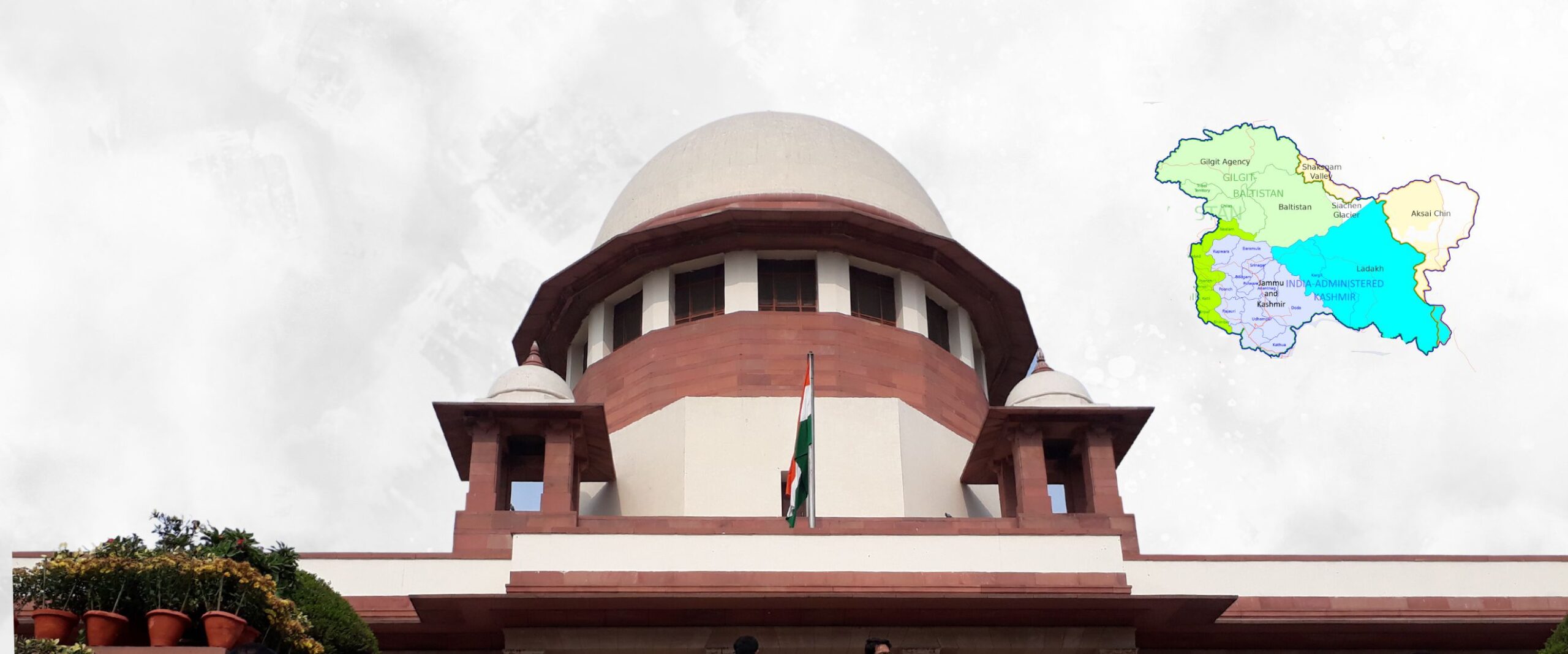
16 ALL WOMEN HAVE RIGHT TO SAFE, LEGAL ABORTION:
INDIA’S TOP COURT
(28 Sept,2022)
India’s Supreme Court has ruled that a woman’s lack of marital status cannot deny her the choice to abort a pregnancy at any time up to 24 weeks, a decision hailed by women’s rights activists.
“Even an unmarried woman can undergo abortion up to 24 weeks on par with married women,” Justice D Y Chandrachud of India’s Supreme Court said on Thursday, holding that a lack of marital status could not deprive a woman of the right.
A law dating from 1971, the Medical Termination of Pregnancy (MTP) Act, had limited the procedure to married women, divorcees, widows, minors, “disabled and mentally ill women” and survivors of sexual assault or rape.
The top court added that sexual assault by husbands can be classified as “marital rape” under the MTP law. Indian law does not consider marital rape an offence, though efforts are being made to change this.
The court said forceful pregnancy of a married woman can be treated as marital rape for the purposes of abortion.
“Married women may also form part of the class of rape survivors. Rape means sexual intercourse without consent, and intimate partner violence is a reality. In this case also, women may get forcefully pregnant,” it said.
Thursday’s decision came in response to a petition by a 25-year-old woman who said her pregnancy resulted from a consensual relationship but she had sought abortion when it failed.
“I think in a world where the US is moving backwards and failing to recognise women’s right to their own bodies, this judgement is based on the privacy of the body and non-discrimination between married, and unmarried, separated or divorced women. It recognises all these rights in constitutional and affirmative terms,” Nundy told Al Jazeera.
This is a very important judgement not for the specific issue before the court but also broadly for women’s rights. The women around the world are fighting for their rights. Any decision of this sort has ramifications not only within India but also across the world.”
